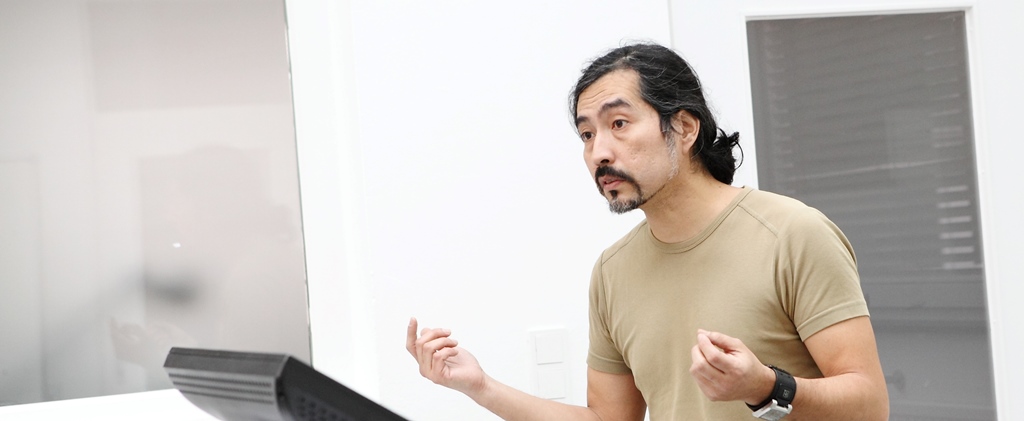Furtive, Quiet and Loud
Art and communication practices to deconstruct social codes in the realm of media activism
Guerilleros in the civilization of spectacle
In the early 1990s, the activists and authors of the “Handbook of the Communication Guerilla” (*1) proposed the invention of false facts in order to create real events. They did not focus on artistic facts, however, but rather, social ones.*3 *(3)
(*1) proposed the invention of false facts in order to create real events. They did not focus on artistic facts, however, but rather, social ones.*3 *(3)
This proposal by Guerrilla Communication was based on Roland Barthes’ affirmation: “Is maybe not the best subversion altering the codes instead of destroying them?” (Barthes 1980: 141) (*2) This method aims at uncovering and criticizing mechanisms that are decisive for the production of media images and mediated social realities. As such, guerrilla communication does not directly attack the specific representation of particular topics; instead it plays with the mechanisms that produce socially significant events. By doing so, artistic quality only matters when it promotes efficient subversive political practices. The actions of Guerrilla Communication inhabit the areas of micropolitics as they are aware of their own limitations and do not imagine the great “revolution.” In this sense, guerrilla communication is a defensive model of political practice. Its implementation relies on social and political contexts trying to turn the power structures against themselves. The aim is to question the legitimacy of hegemonic talk that normalize social inequalities, and thus try to open utopian spaces. The two basic strategies used by Guerrilla Communication are alienation and over-identification. The alienation strategy aims at emancipatory changes of representations of habitual things in order to reveal new aspects of the represented, to afford a new reading of habitual events and to produce unforeseen and unexpected meanings. Examples of alienation strategies are the alteration of historical monuments and street names. A group of students at the Academy of Fine Arts in Vienna, Austria, changed the name of the square where the Academy is located, (“Schillerplatz”), to “Place of the Jews expelled by the Academy”.*4 *(4)
(*2) This method aims at uncovering and criticizing mechanisms that are decisive for the production of media images and mediated social realities. As such, guerrilla communication does not directly attack the specific representation of particular topics; instead it plays with the mechanisms that produce socially significant events. By doing so, artistic quality only matters when it promotes efficient subversive political practices. The actions of Guerrilla Communication inhabit the areas of micropolitics as they are aware of their own limitations and do not imagine the great “revolution.” In this sense, guerrilla communication is a defensive model of political practice. Its implementation relies on social and political contexts trying to turn the power structures against themselves. The aim is to question the legitimacy of hegemonic talk that normalize social inequalities, and thus try to open utopian spaces. The two basic strategies used by Guerrilla Communication are alienation and over-identification. The alienation strategy aims at emancipatory changes of representations of habitual things in order to reveal new aspects of the represented, to afford a new reading of habitual events and to produce unforeseen and unexpected meanings. Examples of alienation strategies are the alteration of historical monuments and street names. A group of students at the Academy of Fine Arts in Vienna, Austria, changed the name of the square where the Academy is located, (“Schillerplatz”), to “Place of the Jews expelled by the Academy”.*4 *(4)
Over-identification, the second strategy of guerrilla communication, refers to aspects of daily life that are known by the majority society, but not addressed because of their taboo status. The North American activists Yes Men have supplanted civil servants of the World Trade Organization (WTO) and proposed in conferences to ban the siesta in order to defend the slave trade as a further sector of free trade. Additionally, Yes Men proposed that poor people from “developing countries” should recycle hamburgers already digested by people from the “industrialized countries” to fight hunger. Yes Men argue that they represent the WTO more honestly than the WTO members do themselves. Another example of the strategy of “over-identification” is the action of a group of artists based in Germany in the 1990s who hacked the Lufthansa website and redirected visitors to a website advertising the deportation of refugees to their countries of origin, presented as an ordinary marketing campaign. This action was accompanied by a series of posters called “Deportation Class.”
Hansel Sato ( 2014): Furtive, Quiet and Loud. Art and communication practices to deconstruct social codes in the realm of media activism. In: p/art/icipate – Kultur aktiv gestalten # 04 , https://www.p-art-icipate.net/furtive-quiet-and-loud/



 Artikel drucken
Artikel drucken